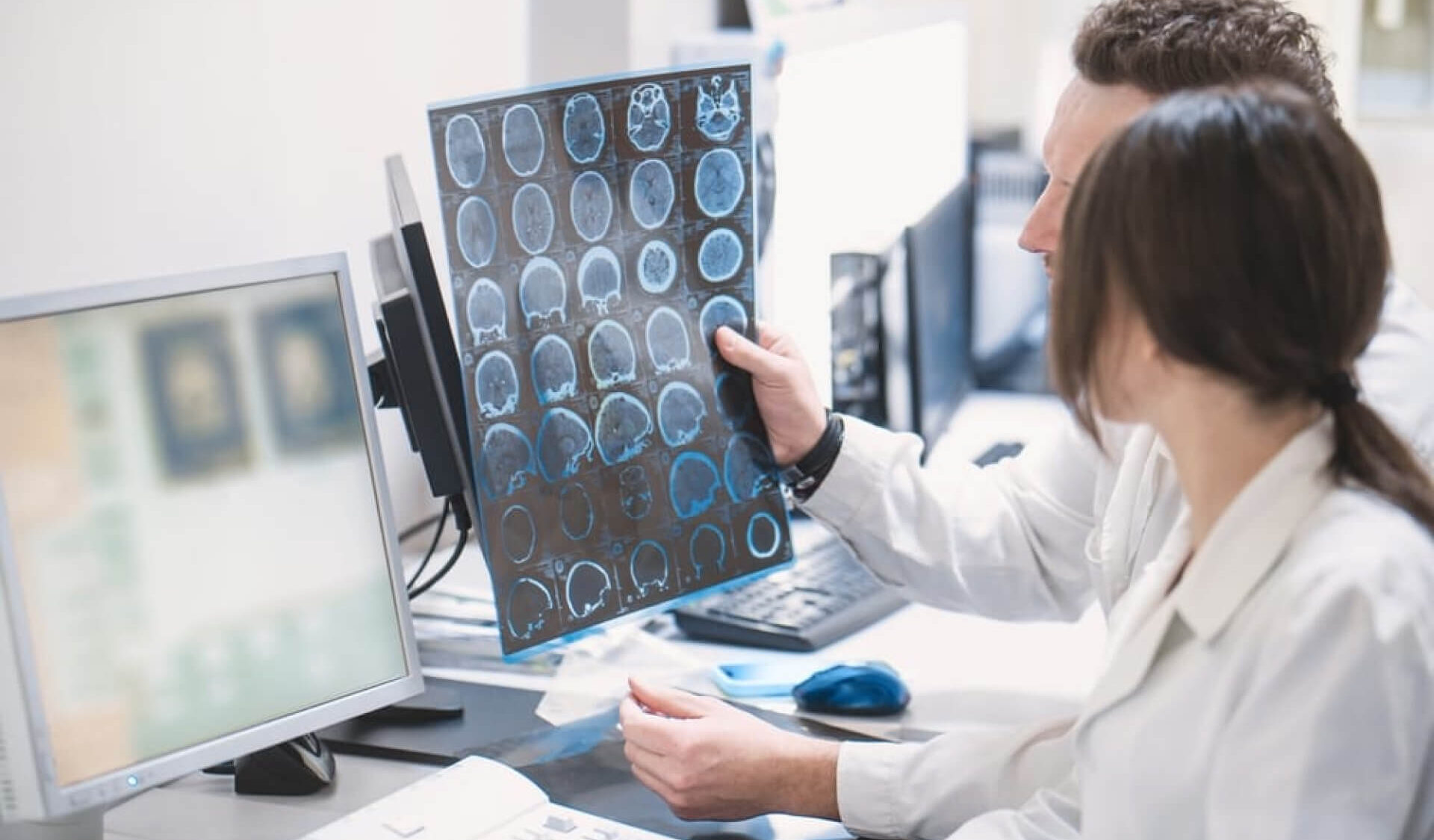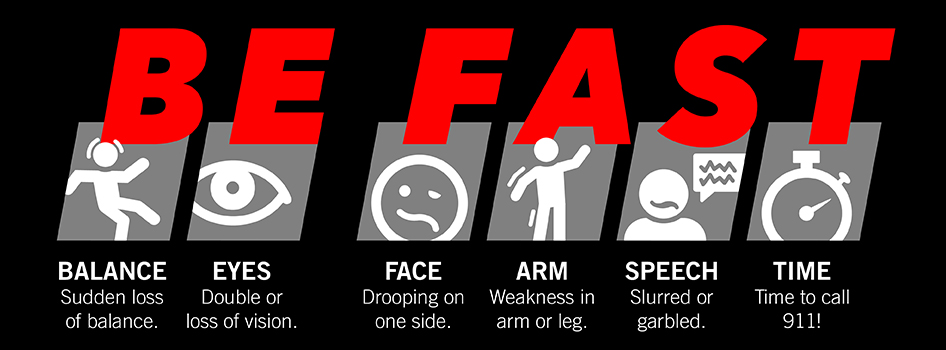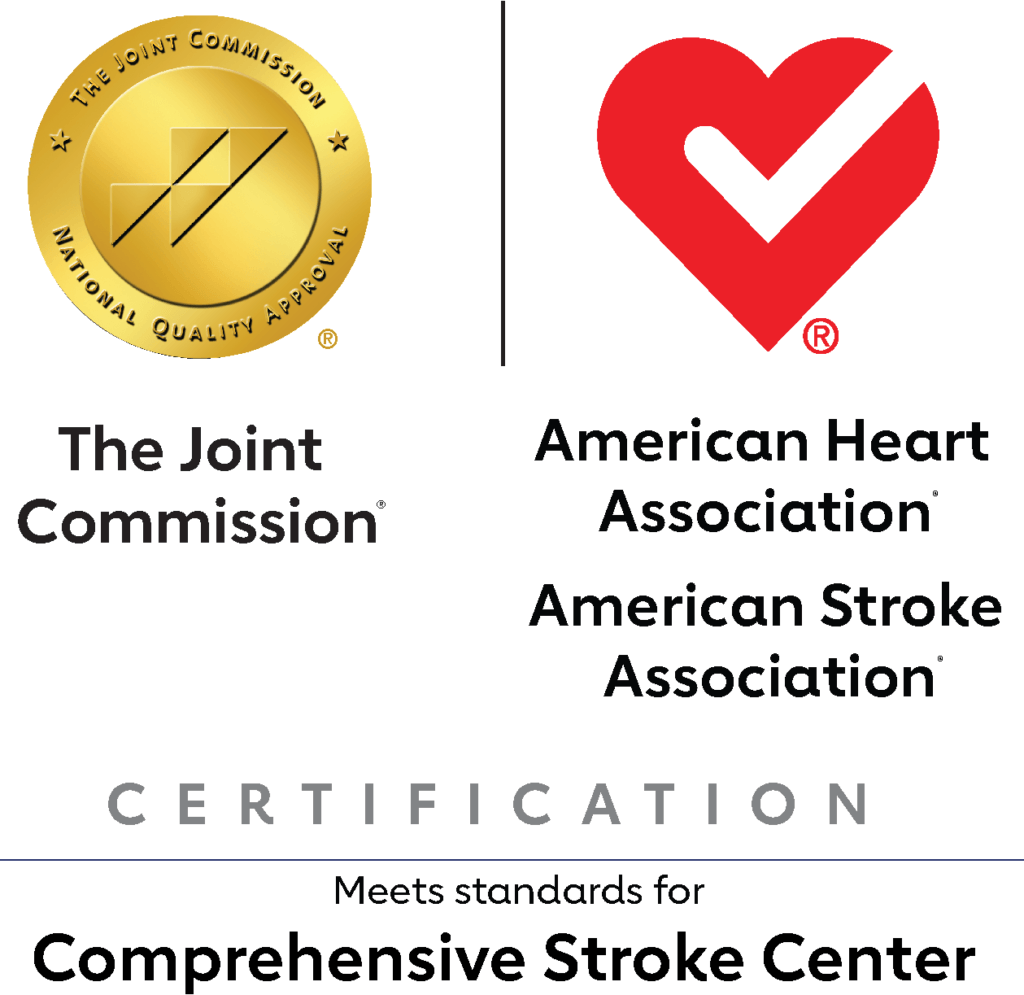
Inherited Stroke Disorders
Inherited Stroke Disorders Overview
Inherited stroke disorders are rare genetic disorders that affect the circulatory system and predispose people to have an ischemic or hemorrhagic stroke.
Ischemic stroke occurs when blockage of an artery causes an inadequate supply of blood and oxygen to the brain. Ischemic stroke is the most common form of stroke, accounting for 87 percent of all strokes.
In hemorrhagic stroke, a blood vessel ruptures and blood spills into or around the brain creating swelling and pressure that damage brain cells.
A transient ischemic attack (TIA), also called a mini-stroke, may also be a sign of an inherited stroke disorder. A TIA is a disturbance in brain function caused by a temporary blockage of blood to the brain. The symptoms of a TIA are the same as those of an ischemic stroke. TIAs differ from ischemic strokes because symptoms usually resolve within one hour and no permanent brain damage occurs.
It is important to treat a TIA as a medical emergency even if the symptoms resolve quickly.
Inherited stroke disorders include:
- Antiphospholipid Antibody Syndrome (APS)
- CADASIL (cerebral autosomal-dominant arteriopathy with subcortical infarcts and leukoencephalopathy)
- CARASIL (cerebral autosomal recessive arteriopathy with subcortical infarcts and leucoencephalopathy)
- Cerebrotendinous xanthomatosis
- Ehlers-Danlos syndrome
- Fabry disease
- Familial hemiplegic migraine
- Fibromuscular dysplasia
- Giant cell (temporal) arteritis
- Hereditary hemorrhagic telangiectasia (Osler-Weber-Rendu syndrome)
- Homocystinuria
- Marfan syndrome
- MELAS (Mitochondrial encephalomyopathy, lactic acidosis, and stroke-like episodes)
- Moyamoya disease
- Pseudoxanthoma elasticum
- Reversible cerebral vasoconstriction syndromes
- Radiation-induced vasculopathy
- Sickle cell anemia
- Single-gene disorders, or polygenic conditions
- Sneddon syndrome (SS)
- Susac’s Syndrome
- Vasculitis
- Vasculopathy associated with ADA2 mutations
- Vasospasm after subarachnoid hemorrhage

Inherited Stroke Disorders Symptoms
Specific symptoms of inherited stroke disorders vary depending on each disease or condition.
If someone is having a stroke, the signs depend on the side of the brain that is affected, the part of the brain affected, and how severely the brain is injured. Therefore, each person may have different stroke warning signs.

Warning signs of a stroke may include any of the following:
- Vision problems such as blindness in one or both eyes, blurred or double vision, intolerance to light, and visual field deficits
- Difficulty speaking (for example, slurred speech)
- Dizziness and vertigo, loss of coordination, or generalized weakness on both sides of the body
- Facial droop
- Impaired consciousness (such as confusion)
- Loss of ability to understand speech
- Partial or total loss of consciousness
- Stiff neck
- Seizure
- Sudden numbness or weakness of face, arm or leg, especially on one side of the body
- Sudden severe headache, often described as the “worst headache of my life”
- Vertigo
- Vomiting or severe nausea, when combined with other symptoms
- Urinary incontinence

Recognizing a stroke quickly and calling 9-1-1 leads to faster diagnosis and treatment and better recovery. People should “BE FAST” when it comes to stroke.
Here’s how to BE FAST:
- B – BALANCE: Ask the person to walk. Do they have trouble keeping their balance or walking normally?
- E – EYES: Ask the person about their eyesight. Have they lost vision or experienced vision changes in one or both eyes?
- F – FACE: Ask the person to smile. Does one side of the face droop?
- A – ARMS: Ask the person to raise both arms. Does one arm drift downward?
- S – SPEECH: Ask the person to repeat a simple phrase. Is their speech slurred or strange?
- T – TIME: If you observe any of these signs, call 9-1-1 immediately.


Inherited Stroke Disorders Treatment
Treatments vary widely depending on the inherited stroke disorder. These are treatments for the most common disorders:
- Fabry disease:
- Enzyme replacement therapy
- Homocystinuria
- Vitamin B6
- Diet that restricts methionine, an amino acid found in meat, fish, and dairy products
- MELAS
- Vitamin and dietary supplements
- Moya-moya disease:
- Medications, such as anticoagulants, may be effective depending on the age of the patient
- Surgery
- Sickle cell anemia
- Bone marrow transplantation
No specific treatment for the following diseases currently exists. Therefore, these are treated by controlling symptoms, counseling, and other supportive care:
- CADACIL / CARASIL
- Ehlers-Danlos syndrome type IV
- Marfan syndrome
Additional Information
How common are inherited stroke disorders?
Approximately 50 percent of strokes are caused by common factors, such as uncontrolled high blood pressure. However, the remaining 50 percent are caused by other conditions, such as inherited stroke disorders.
Who gets inherited stroke disorders?
There are many different inherited stroke disorders. There is wide variation between these disorders in terms of how often they occur and which people they most likely affect.
How are inherited stroke disorders diagnosed?
Diagnosis of inherited stroke disorders is made by medical specialists, such as cardiologists, geneticists, neurologists, and ophthalmologists.
If someone has a stroke before diagnosis of an inherited stroke disorder, it is important they go to the hospital immediately. A stroke is a medical emergency, and cerebrovascular testing is necessary to determine what is causing the stroke and how best to treat it.
Additional Support and Resources
Genetics Home Reference
National Institutes of Health
National Organization for Rare Disorders





